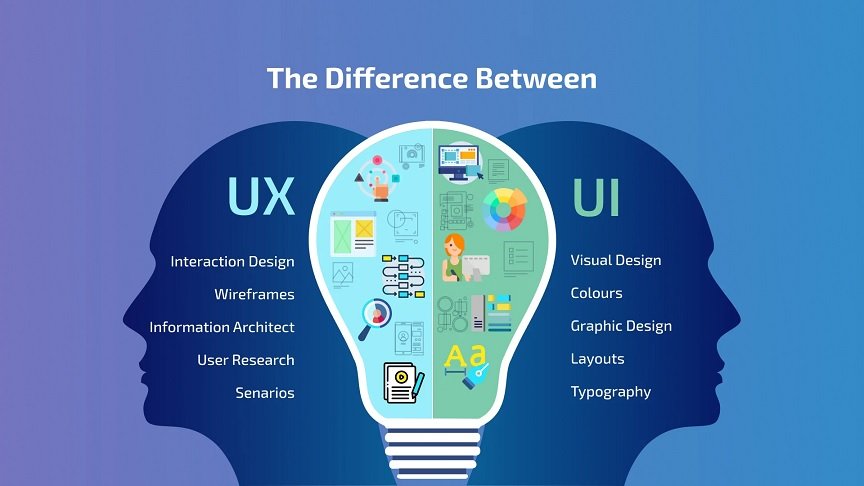In digital design, user interface (UI) refers to the interactivity, look, and feel of a product screen or web page, while user experience (UX) covers a user’s overall experience with the product or website. Read on to find out what it takes to design engaging UI, and create a memorable UX.
Defining UI vs UX design
People sometimes confuse the two, but UI is actually a specialized subset of UX. According to Figma Designer Advocate Hugo Raymond, engaging UI lays the foundation for a positive overall user experience with a digital product or website. “Effective user interface design brings together usability and interactive design to build an emotive connection between users and products,” he explains.
Understanding UX Design
User Experience (UX) design is the process of enhancing user satisfaction by improving the usability, accessibility, and pleasure provided in the interaction between the user and the product. It involves a deep understanding of users, what they need, what they value, their abilities, and also their limitations. UX designers conduct thorough research to understand the user’s journey and create wireframes and prototypes to test and refine the product’s functionality.
UX design is not limited to digital products; it encompasses any interaction between a customer and a company, including services and physical products. The goal is to create a seamless and intuitive experience that meets the user’s needs and expectations.
Exploring UI Design
User Interface (UI) design focuses on the look and feel of the product. It involves designing the visual elements that users interact with, such as buttons, icons, spacing, typography, and color schemes. UI designers ensure that the product’s interface is aesthetically pleasing, consistent, and responsive across different devices and screen sizes.
While UX design is more analytical and focuses on the overall experience, UI design is more visual and focuses on the product’s presentation. Both are essential for creating a successful product that is both functional and visually appealing.
The Synergy Between UX and UI
UX and UI design are closely intertwined and work together to create a cohesive product. UX design lays the foundation by understanding the user’s needs and creating a logical flow, while UI design brings the product to life with visual elements that enhance the user’s interaction.
For example, in an e-commerce website, UX design ensures that the checkout process is straightforward and efficient, while UI design ensures that the buttons are easily identifiable and the layout is visually appealing. Together, they create a seamless and enjoyable shopping experience for the user.
The Importance of Collaboration
Effective collaboration between UX and UI designers is crucial for the success of a product. By working together, they can ensure that the product is both functional and visually engaging. This collaboration involves regular communication, sharing of ideas, and iterative testing to refine the product based on user feedback.
In regions like Doha, where the digital landscape is rapidly evolving, businesses can benefit from the expertise of a UX design expert in Doha. These professionals bring a deep understanding of user behavior and cultural nuances, ensuring that the product resonates with the target audience.
Conclusion
Understanding the difference between UX and UI design is essential for creating products that are both user-friendly and visually appealing. UX design focuses on the overall experience and functionality, while UI design focuses on the visual aspects of the product. Both are integral to the product development process and must work together to create a successful product.
By investing in both UX and UI design, businesses can create products that not only meet the user’s needs but also provide a delightful and engaging experience. Whether you’re developing a new product or improving an existing one, considering both aspects of design will lead to better user satisfaction and business success.
